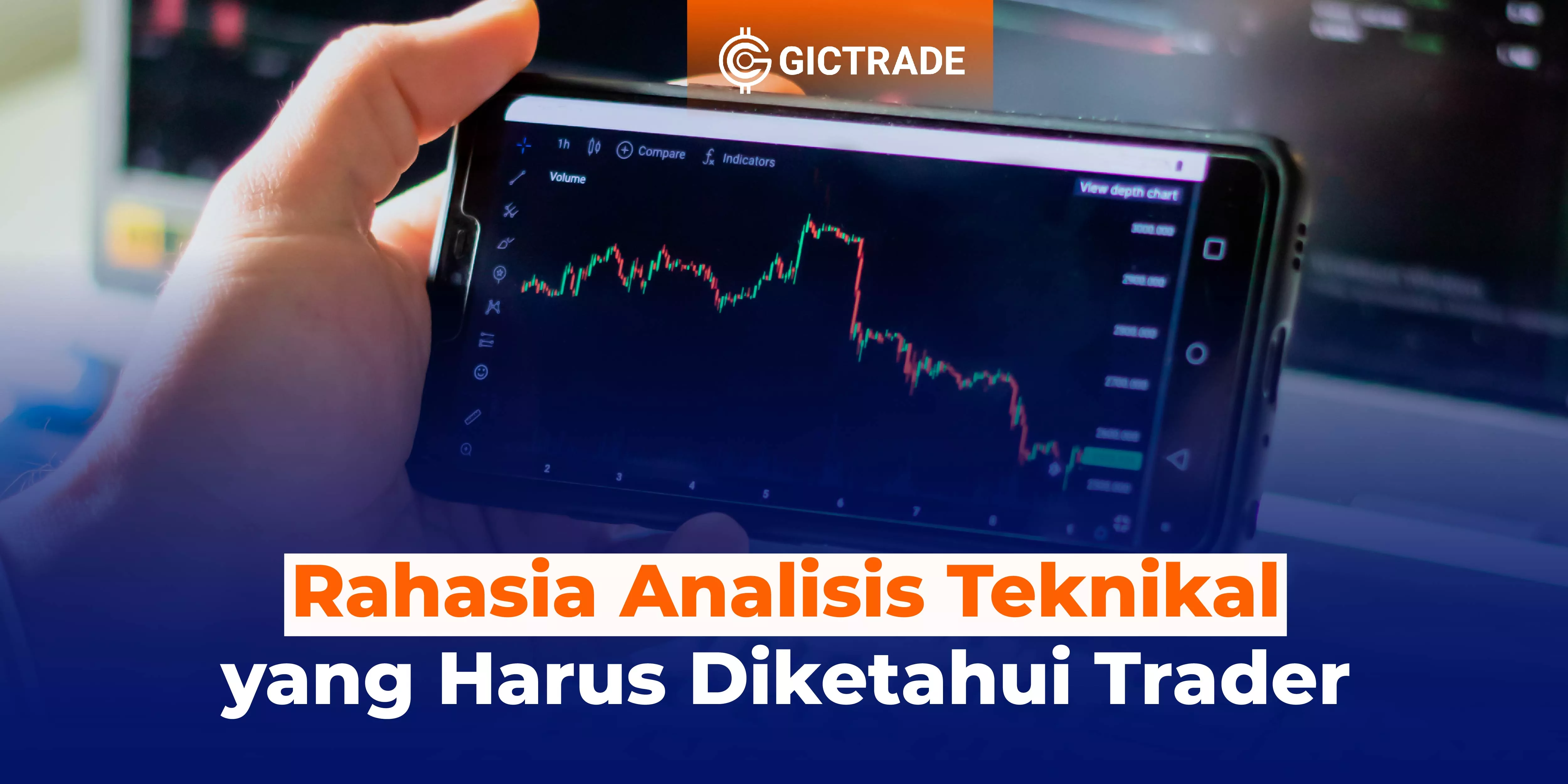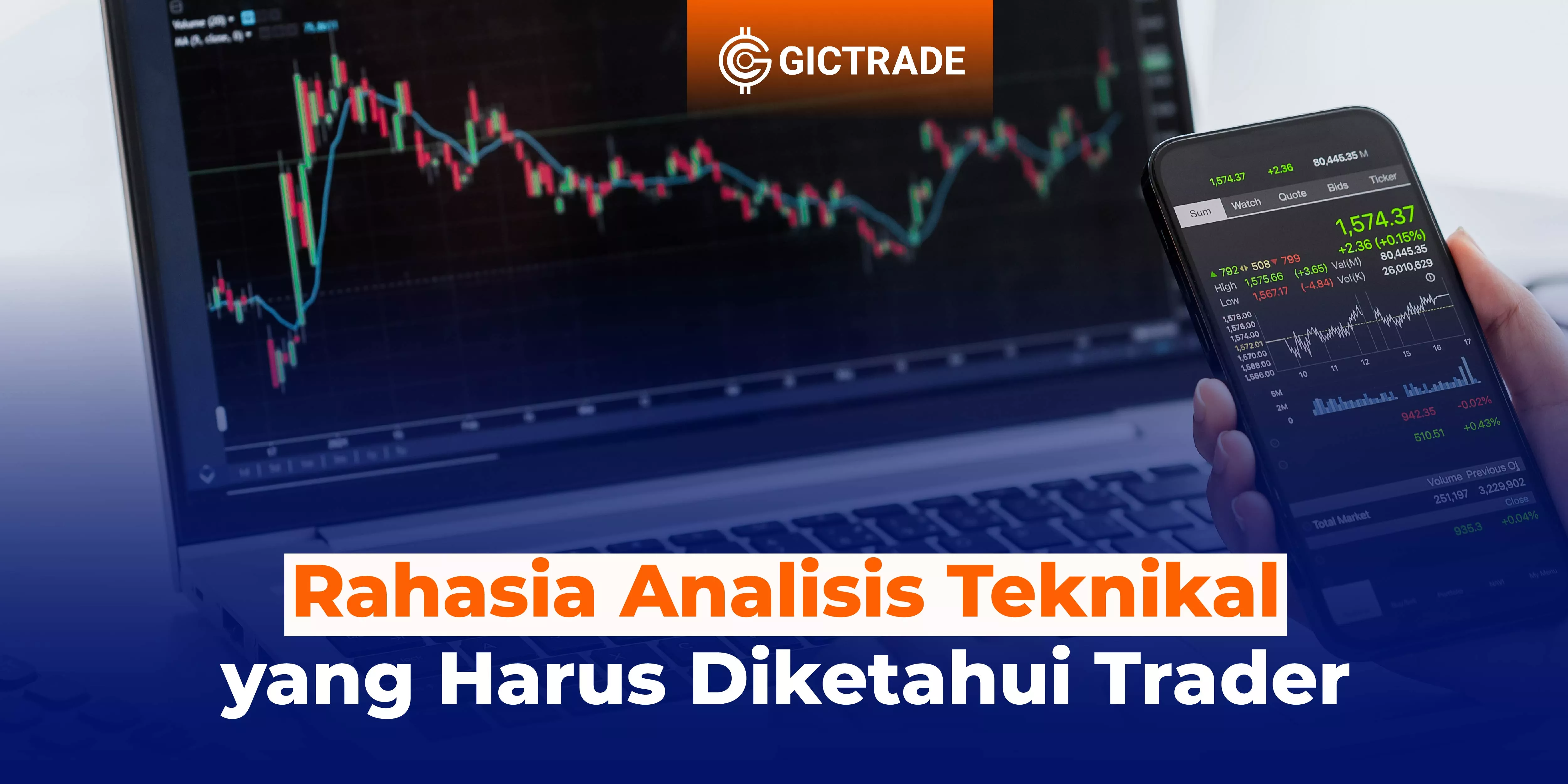
Table of Contents
- 1. Introduction to Technical Analysis
- 2. Why is Technical Analysis Important?
- 3. Understanding Price Charts
- 4. Significant Chart Patterns
- 5. Key Technical Indicators
- 6. Support and Resistance
- 7. Trading Volume
- 8. Technical Analysis Strategies
- 9. Risk Management in Technical Analysis
- 10. Combining Fundamental and Technical
- 11. Myths about Technical Analysis
1. Introduction to Technical Analysis
2. Why is Technical Analysis Important?
3. Understanding Price Charts
Common Types of Price Charts Used
1. Candlestick ChartsWhy are Price Charts Important in Technical Analysis?
Reading Price Charts
When reading price charts, there are several elements to pay attention to:- Trends: Note whether the chart shows an upward (bullish) or downward (bearish) trend. This trend can help you decide whether to open a buy or sell position.
- Patterns: Look for recurring patterns, such as double tops, head and shoulders, or triangle patterns. These patterns can provide hints about possible future price movements.
- Volume: Pay attention to the trading volume that occurs along with price movements. A spike in volume can indicate strong interest from traders, which can influence price movements.
- Technical Indicators: Use technical indicators, such as moving averages or RSI, alongside price charts to confirm the direction of price movements.
4. Significant Chart Patterns
a. Double Top and Double Bottom Patterns: Signals of trend reversals that appear after an upward (Double Top) or downward (Double Bottom) trend.b. Head and Shoulders Pattern: Indicates a reversal from bullish to bearish trend or vice versa.
c. Triangle Pattern: Indicates price consolidation before a significant movement.
d. Flag and Pennant Patterns: Indicate a temporary correction before continuing the main trend.
5. Key Technical Indicators
1. Moving Average (MA)
2. Relative Strength Index (RSI)
RSI is an oscillator indicator that measures the speed and change of price movements. The RSI value ranges from 0 to 100. An RSI above 70 indicates overbought conditions, while an RSI below 30 indicates oversold conditions. This indicator helps traders identify potential price reversals and assess market overbought or oversold conditions.3. Bollinger Bands
Bollinger Bands consist of three lines: a middle line (SMA) and two outer lines above and below, representing the standard deviation from the middle line. Bollinger Bands help measure market volatility. During high volatility, the bands widen, and vice versa. If the price approaches the upper or lower band, it may indicate a potential reversal or continuation of the trend.4. MACD (Moving Average Convergence Divergence)
MACD is an indicator that combines several moving averages to generate trading signals. It consists of the MACD line (the difference between the short-term and long-term EMAs) and the signal line (the EMA of the MACD line). MACD helps identify trend reversals and provides signals about potential price movement directions.5. Stochastic Oscillator
The Stochastic Oscillator is an oscillator indicator that measures the relative position of price to a specific price range over a certain period. This indicator also helps identify overbought and oversold conditions. Signals are formed when the %K line (the percentage of recent price changes) crosses the %D line (the moving average of %K).Why are Technical Indicators Important?
How to Use Technical Indicators
It is important to understand how each indicator works and how they can be used in different market situations. Combine technical indicators with chart analysis and other information for a more complete understanding of price movements.6. Support and Resistance
Support is a price level at which an asset tends to reverse upward.Resistance is a price level at which an asset tends to reverse downward. Understanding these levels helps in decision-making.7. Trading Volume
Trading volume is an important aspect of technical analysis that many traders often overlook. Although it is less conspicuous than price movements themselves, trading volume provides valuable insights into market activity and can help traders confirm trends, predict price reversals, and identify potential trading opportunities. Let’s explore the importance of trading volume in technical analysis.
What is Trading Volume?
Trading volume refers to the number of shares, contracts, or units of another asset traded in a given period. It reflects the level of interest and participation from traders and investors in the market. High volume indicates strong interest, while low volume indicates uncertainty or indecisiveness.
Why is Trading Volume Important?
Trading volume provides significant insights into market dynamics and trader sentiment:
- Trend Confirmation: High volume during an upward (bullish) or downward (bearish) trend can confirm the strength of that trend. Low volume during a trend may indicate market doubt about the sustainability of the trend.
- Price Reversal: Sudden changes in volume can indicate potential price reversals. For example, if the price rises with high volume but then falls with even higher volume, this could signal a market trend reversal.
- Trading Opportunities: Increased volume during chart pattern formation or at support/resistance levels can signal that good trading opportunities may be developing.
- Divergence: Divergence between price movements and volume can provide hints about potential trend changes. For instance, if the price reaches a new peak while volume decreases, this could indicate that the upward trend is beginning to weaken.
How to Analyze Trading Volume
When analyzing trading volume, pay attention to the following:
- Volume Related to Price Movements: Observe whether volume increases or decreases as prices rise or fall. Significant changes in volume often indicate changes in market sentiment.
- Volume During Chart Patterns: Note the volume during the formation of chart patterns like double tops, head and shoulders, or triangle patterns. High volume during pattern formation can confirm trading signals.
- Volume and Support/Resistance Levels: Increased volume when prices approach support or resistance levels often indicates the importance of those levels.
8. Technical Analysis Strategies
a. Trend Following: Identifying and following long-term trends.
b. Counter-Trend: Seeking trend reversals and taking opposite positions.
c. Candlestick Patterns: Using candlestick patterns to confirm reversals or trend continuations.
9. Risk Management in Technical Analysis
It is important to set stop losses and take profits to manage risk. Also, never invest amounts that you cannot afford to lose.
10. Combining Fundamental and Technical
Analysis Combining both approaches can provide a more comprehensive view of an asset and potential price movements.
11. Myths about Technical Analysis
a. Technical Analysis is Always Accurate: It is not always accurate but provides useful guidance.
b. Magic Indicators: Indicators are just tools, not certain predictions.

GIC offers services to help beginners in trading understand the trading world comprehensively. This service is called GIC Academy, a complete educational system in Indonesia that provides learning from start to finish, involving professional educators in the futures market. The services include:
- Digital education platform through GICTrade's YouTube channel.
- Workshops with professional educators.
- Group education classes via Telegram.
- VIP groups for daily analysis and signals.
Benefits include:
- A comprehensive solution for learning forex trading from scratch.
- Diverse educational content.
- Various educator options.
- Class fees starting from zero.
GIC Academy Products:
Beginner Class
For new traders, access to trading education is available via videos on GIC's YouTube channel, free of charge. Here, you’ll gain an understanding of basic concepts in trading. Additionally, you can read educational articles aimed at beginner class participants on GIC’s website.
Advanced Class
If you are a trader seeking more in-depth learning and wish to engage in guided mentoring, you can explore the services provided by GIC. This class is held twice a week via Zoom meetings. You can register and check the schedule through GIC’s official Instagram account. Additionally, supportive reading materials for advanced traders are available on GIC’s website.
Professional Class
This class is an option for those who wish to receive intensive learning accompanied by a mentor. The approach is more practical, including live trading practice with a deposit. If you're interested in enrolling, you can contact the Admin via the link provided in GICTrade’s Instagram bio (@GICTrade). As with the beginner and advanced classes, supporting reading materials for professional class learners are also available on GIC’s website.
How Can I Start with Technical Analysis?
Start by understanding basic price charts and indicators like MA and RSI. Practice analysis on historical data.
How Much Time is Needed to Master Technical Analysis?
The time varies depending on your dedication. Keep practicing and learning from each trade.
Is Technical Analysis Suitable for All Types of Traders?
Yes, both short-term and long-term traders can use technical analysis according to their trading goals and style.
Can Technical Analysis be Used Alone without Fundamental Analysis?
Yes, but combining both can provide a more comprehensive view of the market.
How Can I Avoid Common Mistakes in Technical Analysis?
Avoid overtrading, always use risk management, and don’t rely solely on one indicator.
Where Can I Learn More about Technical Analysis?
You can access books, online courses, and free resources on the internet to deepen your understanding of technical analysis.
Conclusion
The secrets of technical analysis that traders should know include a deep understanding of price charts, technical indicators, and trading strategies. Mastering these concepts allows you to make better trading decisions and develop expertise in the world of financial trading.
| Also Read: Trading Courses for Beginners: Choose the Right Course for You! |
 Last:
Last: 






